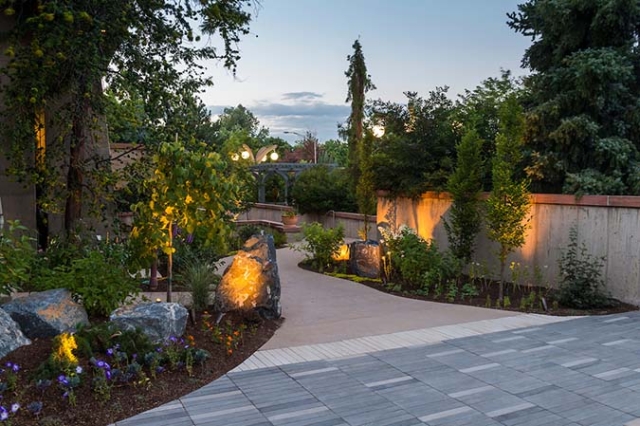Reconnecting with Nature
It’s fascinating to wonder when it happened. For millions of years of human development, consciousness was deeply integrated into daily experiences within what we now call the natural world. Of course, it is and has always been, well, the world.
Then, as we learned more about fungi, flora and fauna, and especially about how to cultivate them for our ease of use, many populations began to think of human and nature as two distinct groups of life. We started to think of ourselves as dominant.
That’s where science came to play. Trial and error, developing best practices and of course making huge mistakes along the way – all led to procedures and protocols for rudimentary agriculture and more reliable success at tracking and hunting.
As the relationships with other life changed, so did our ability to express the feelings we had toward all types of life, especially those who resisted our urge for control. Animals and plants became powerful characters in human cosmology. Our myths included daring tales of encounters and beautiful visions of balance. Throughout the early stages of this changing relationship, humans maintained a powerful sense of respect for the rest of the natural world. We were still a part of it.
Then, around 5,000 years ago, some emerging human civilizations, though still not all, began to craft a world view that there was human nature and nature nature. Two different and often opposed constructs of life. In most of our society, the distinction of nature from ourselves is deep in our psyche now and has daily consequences. On the one hand, everything that builds our actual lives comes from the rest of the natural world because we are co-created. On the other hand, much of what we contribute to the rest of earthly life has been less than beneficial.
Let’s take horticulture as a germane example. In the arid high steppe of Colorado, we long ago decided that an East Coast or European aesthetic was somehow a good idea. We laid out our yards, gardens and parks with inappropriate trees and shrubs, and massive bluegrass lawns. We overuse scarce water, destroy habitat (except for pariahs like Japanese Beetles), and roll up high costs for chemicals and maintenance. Yet, when we wander the foothills of our mountains, if we came across a broad meadow of bluegrass, we would be appalled.
The most amazing things begin to happen, though, when we remember that we are indeed part of the natural world. When we respect that fact and work to restore the land around us, life comes roaring back. Indigenous animals, insects, plants and fungi reappear, seemingly overnight. Health is refreshed.
These lessons, it turns out, are not that difficult. They often save time and money. The result is more than appropriate, it is truly joyful. So, let’s do it.
The summer issue of Inside the Gardens is out now. Read it today.

Add new comment